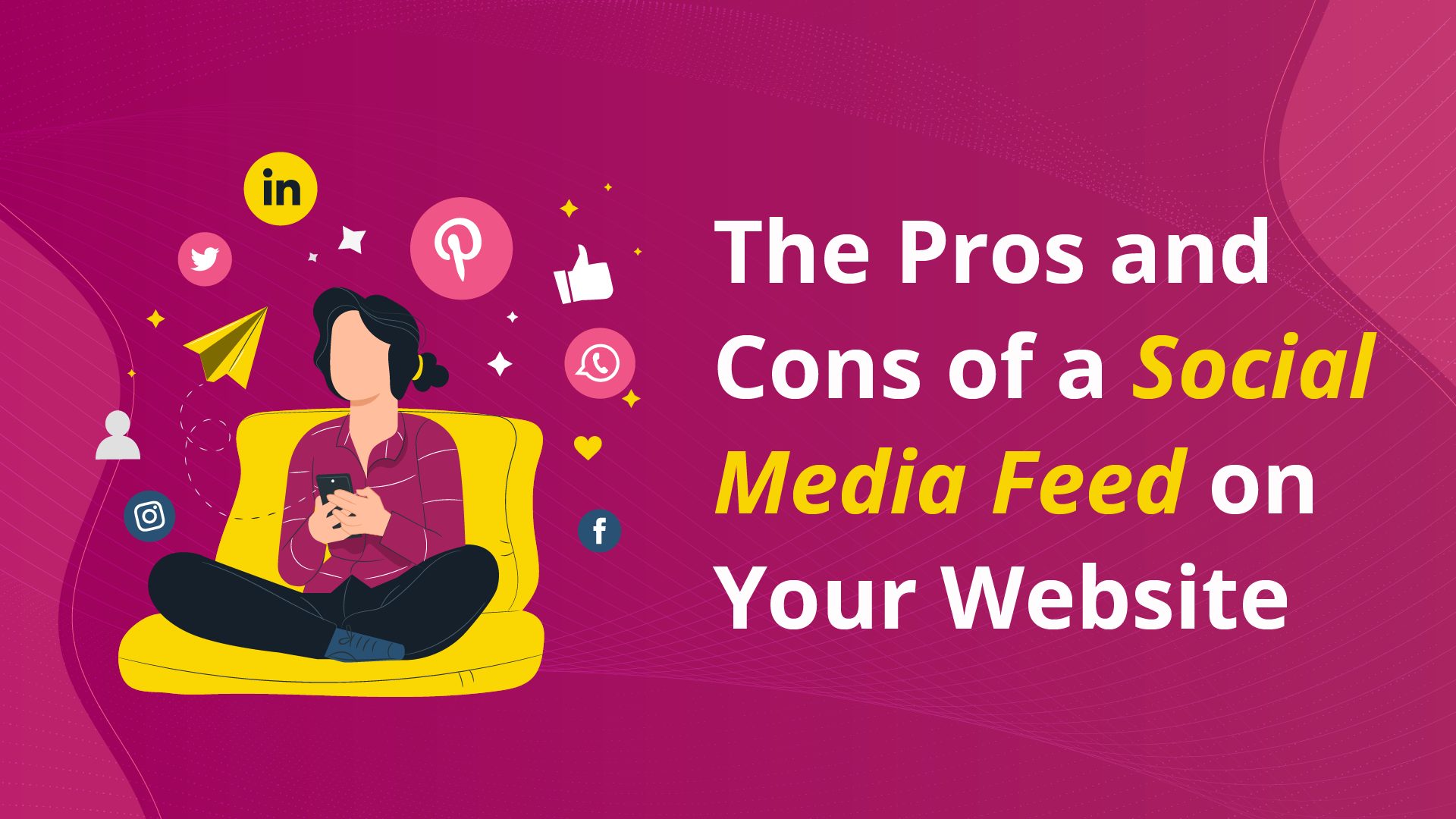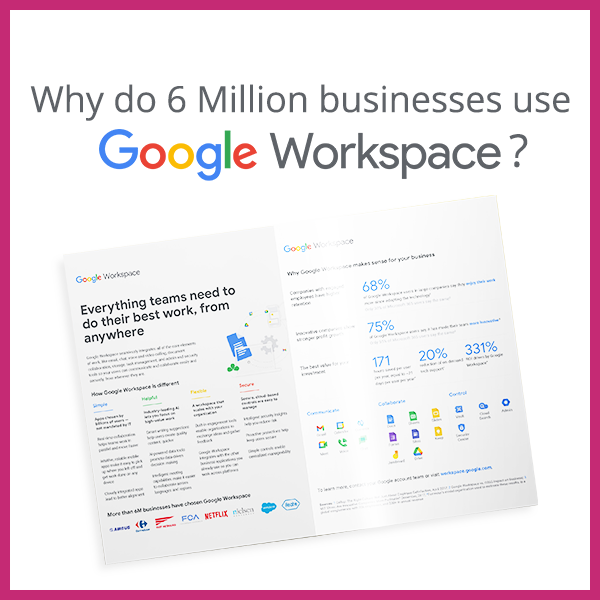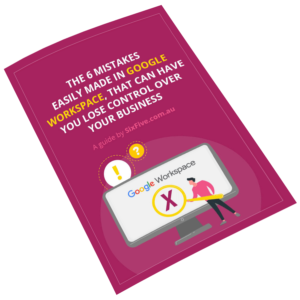
Most websites proudly display their related social media feeds for a number of reasons:
- SEO perks: Regularly updating social media content (even if they don’t update their website that often) can positively impact search engine rankings.
- User-generated content (UGC): Showing proof that users love their product on a social media embed may increase a sense of trust, potentially improving conversions on the website.
- Increased engagement: If website visitors are also looking to engage with the brand through other platforms, a social feed can give them exactly what they’re looking for.
But most of all, it’s a convention. We see social media feeds all over the web, our competitors have it, and some templates even come with a Follow Us on Social! section ready to be flaunted. Naturally, we’ll want to show off our socials, even more so if they’re popular.
The question is: should you be following that convention, specifically? And is it the best strategy for your website?
Let’s take a closer look at the pros and cons.
Social Media Feeds on Your Website: Pros and Cons
Pros
Better Rankings Due to Fresh Content
One major pro of adding a social media feed into your website is the boost it can give your SEO efforts. Search engines love fresh content, and by regularly updating your website with new posts from your social channels, you’re essentially “feeding” the search engines the up-to-date material they love.
More Social Followers
Another benefit is the potential to grow your social media following. It’s crystal clear that, by showcasing your social media content straight on your website, you’re giving visitors a near-effortless way to discover your social profiles. If your content is engaging enough, this can lead to an uptick in followers.
For example, if you’re a food blogger and show off your mouth-watering recipes on TikTok, visitors might want to watch more delicious content and give you a follow.
No Need to Add Similar Social Content to Your Website
Don’t want to create content for both social media and your website? You don’t need to – not if your socials are part of your website!
Instead of manually copying and pasting your social posts onto your website, you can simply embed your feed. This removes the hassle of manually updating each platform separately.
But here’s a caveat: repurposing your social media content as website content, and vice-versa, is a smart marketing strategy. You don’t need to create anything from scratch, and tools like Canva make it incredibly quick and easy to mold your content into different formats.
Cons
It Might Distract Your Audience
By sending visitors to a social media platform you don’t control, you risk diverting their attention from your website’s main goals: engagement, clicks, and conversions. Not the best idea, especially if you’re relying on your website to achieve better business results.
For example, if the main goal of your homepage is driving qualified visitors deeper into your website (such as towards your product pages), a social media feed might discourage that action. That’s especially true if your specific visitors are easily distracted by “shiny” elements.
You’re Willingly Redirecting Your Traffic
You’ve invested so much time and resources to drive traffic to your website. Doesn’t it seem counterintuitive to redirect them back to social media platforms? It’s like hosting a party but sending your guests off to someone else’s house.
The Page Might Become Slower to Load
If you don’t implement it properly, a social media feed can slow down your website’s load time. You know what sluggish loading means: low Google rankings!
That’s because the JavaScript used to fetch and display posts adds an extra layer of complexity to the loading process. If this code is poorly optimized or bloated, it can delay the rendering of your webpage, frustrating visitors and taking a toll on your site’s performance.
It May Not Fit In Well with Your Branding
A social feed may not always align with your website’s branding, creating a disjointed experience for visitors. As you know, not everyone’s socials match their website’s layout and this could be a problem. If, on the other hand, the designs of both platforms are aligned, adding a social section could be a good idea.
You’re Forgetting About Privacy Concerns
Your feed might unintentionally share visitor data with the social platforms, possibly risking their privacy. When visitors interact with embedded feeds, their activity could be tracked by the respective social media platforms (such as Instagram), leading to potential privacy concerns. You don’t want that!
You’re Susceptible to Duplicate Content Penalties
Remember that, in many cases, you’re replicating social media content on your website. This may lead to search engine penalties for duplicate content, negatively impacting your site’s rankings. Duplicate content flags can arise if you share the same post, including both the image and caption,on social media and then embed it on your website.
Not the news we’d like to give you, but the cons far outweigh the pros. Which leads us to…
Our Verdict
You don’t control social media, but you do control your website. Which is why, on balance, we don’t believe it’s wise to display social feeds on your site. At least not without careful consideration.
If you do choose to incorporate them, make sure to execute it properly to avoid negative consequences. This means ensuring:
1) It doesn’t slow down your website’s load time
2) It doesn’t distract or interfere with your primary call to action.Your website should prioritize user experience and business goals every single time. If a social feed prevents your website from doing what it’s supposed to do, it might be time to drop that embed for good.


